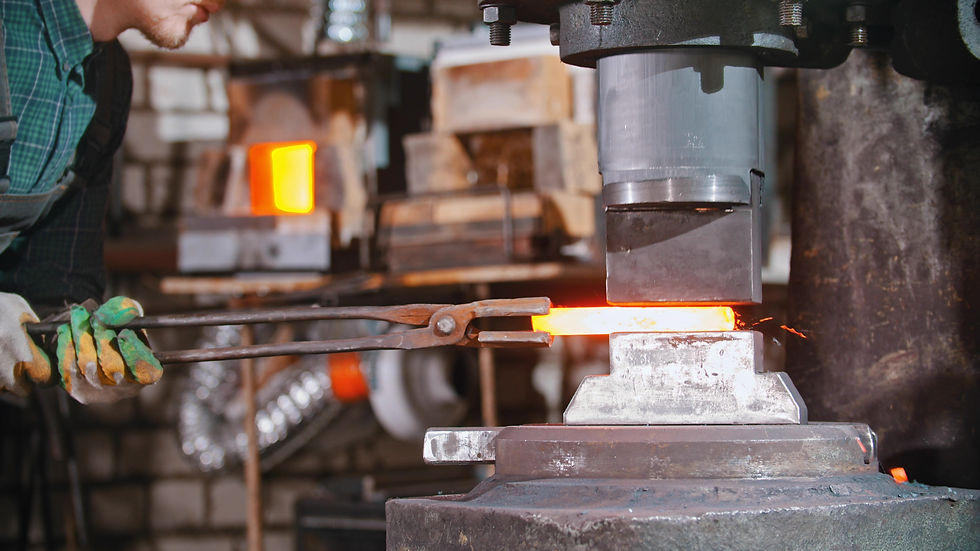I Beams vs. Square Tubing: The Strength Debate in Structural Design
- Ky Benford
- May 15, 2023
- 2 min read
Updated: May 16, 2023
When it comes to the realm of structural design, the materials you choose can have a significant impact on the strength, durability, and overall performance of the structure. Two of the most commonly used materials in construction are I-beams and square tubing. Each of these materials offers unique strengths and drawbacks that can make one more suitable than the other in certain scenarios. But which one should you choose for your project? Let's dive into the debate of I-beams versus square tubing.
I-Beams: The Heavyweight of Structural Design
I-beams, also known as H-beams, W-beams (for 'wide flange'), or Universal Beams (UB) in the UK, are beams with an I or H-shaped cross-section. The horizontal elements of the 'I' are flanges, and the vertical element is the 'web.'
I-beams are renowned for their high strength-to-weight ratio. They are designed to provide a large amount of vertical resistance in relation to their weight, making them perfect for large-scale construction projects where the aim is to reduce the structure's overall weight without compromising its strength or structural integrity. I-beams also provide excellent resistance to bending and shear forces, making them highly durable and reliable.
Square Tubing: The Versatile Contender
On the other hand, square tubing, as the name suggests, is a tube that has the same length, width, and height, making a square profile. Square tubing is known for its versatility and strength. It's easy to weld, relatively lightweight, and can be cut easily, making it ideal for a variety of fabrication projects. Its symmetrical shape also allows for even distribution of stress around the structure, making it highly resistant to bending and deformation.
However, square tubing may not be the best choice for applications that require a significant amount of vertical support or where bending forces are high. In these cases, an I-beam might be a better choice due to its superior vertical load-bearing capacity.
Choosing the Right Material for Your Project
So, which one should you choose: I-beams or square tubing? The answer depends on your project requirements.
If your project involves a large structure that needs to bear a significant vertical load, like a bridge or a skyscraper, I-beams are likely your best bet. Their superior vertical load-bearing capacity and resistance to bending make them perfect for these types of applications.
On the other hand, if your project requires a material that's easy to work with, versatile, and still provides a good amount of strength, square tubing could be the ideal choice. It's particularly useful for smaller-scale construction and fabrication projects where weight isn't as much of a concern.

All I Beams are not created equally.
Conclusion
The debate between I-beams and square tubing comes down to the specific needs of your project. By understanding the unique strengths and weaknesses of each material, you can make an informed decision that will ensure the strength and durability of your structure. Remember, the right material choice is crucial for the success of any construction or fabrication project.
I hope this blog post provides a clear understanding of the differences between I-beams and square tubing in structural design. If you have more questions or need further guidance, don't hesitate to reach out to our team of experts. We're here to help you make the best decisions for your project. Be sure to subscribe to our website and our Youtube, Instagram pages.



Comments